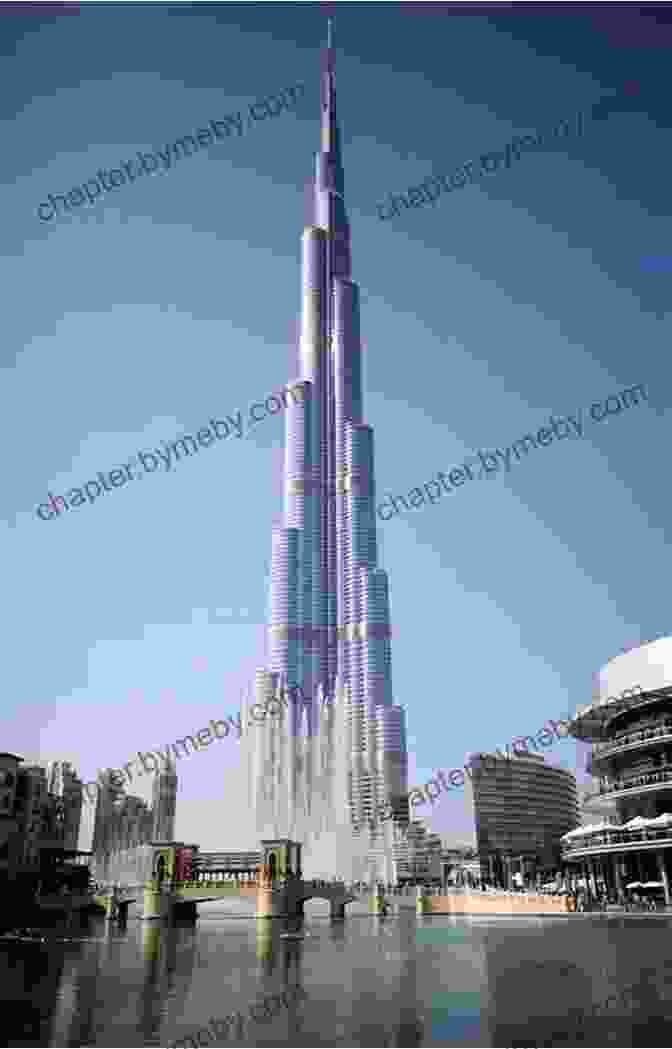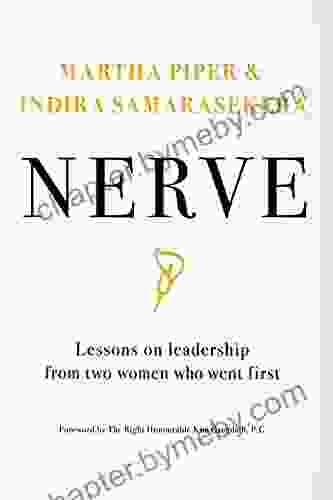Construction and Certification for Thousands of Feet and Beyond: Unveiling the Secrets of Architectural Giants

The sky has always captivated human imagination, inspiring us to reach ever higher. As we push the boundaries of engineering and architecture, skyscrapers and other tall structures have become symbols of progress and ambition.
But what goes into constructing these architectural marvels? How do we ensure their safety while reaching unprecedented heights? This article will delve into the fascinating world of high-rise construction and certification, revealing the secrets behind these towering structures.
4.6 out of 5
| Language | : | English |
| File size | : | 58517 KB |
| Text-to-Speech | : | Enabled |
| Screen Reader | : | Supported |
| Enhanced typesetting | : | Enabled |
| Word Wise | : | Enabled |
| Print length | : | 297 pages |
The Challenges of High-Rise Construction
Building at extreme heights presents a unique set of challenges that require innovative solutions.
- Wind Resistance: Tall structures are exposed to immense wind forces. Engineers must design buildings with sturdy foundations and aerodynamic shapes to withstand these loads.
- Structural Stability: The weight of a building increases exponentially with height. Engineers use innovative materials and techniques to ensure structural stability and prevent collapse.
- Fire Safety: Escaping from a high-rise building in a fire presents significant challenges. Fireproofing systems, evacuation plans, and advanced detection technologies are crucial for occupant safety.
- Transportation of Materials: Getting materials to workers on high floors can be a logistical nightmare. Specialized equipment and innovative construction methods are employed to streamline this process.
The Importance of Certification
Ensuring the safety and integrity of high-rise structures is paramount. Certification programs provide independent verification that buildings meet rigorous safety standards.
The most widely recognized high-rise certification is LEED (Leadership in Energy and Environmental Design). LEED certifies buildings that demonstrate exceptional environmental performance, energy efficiency, and occupant well-being.
Other notable high-rise certifications include:
- WELL Building Standard: Focuses on occupant health and well-being.
- BREEAM (Building Research Establishment Environmental Assessment Method): A British certification system for sustainable building design.
- Green Star: An Australian rating system for environmentally sustainable design.
Certification not only enhances building safety but also demonstrates a commitment to environmental sustainability and occupant well-being.
Case Studies: Architectural Wonders
Let's explore some remarkable case studies of high-rise construction and certification:

Burj Khalifa, Dubai
Standing at 828 meters tall, Burj Khalifa is the world's tallest building. It features innovative wind-resistant design, advanced fire safety systems, and LEED Gold certification for its sustainability efforts.

One World Trade Center, New York City
Built on the site of the original World Trade Center towers, One World Trade Center is a symbol of resilience and architectural triumph. It incorporates advanced security features, LEED Gold certification, and has been designed to withstand extreme wind and seismic forces.

Taipei 101, Taipei
Once the world's tallest building, Taipei 101 remains an architectural marvel. It features a wind-resistant design inspired by traditional Chinese bamboo stalks, has received LEED Platinum certification, and boasts a luxurious interior that reflects Taiwan's rich culture.
Construction and certification of high-rise structures is a testament to human ingenuity and our relentless pursuit of architectural excellence.
By understanding the challenges involved and embracing rigorous safety standards, we can create towering structures that inspire, connect, and enhance the human experience.
As we continue to push the boundaries of height and innovation, the future of high-rise construction promises to be filled with even more extraordinary architectural wonders.
4.6 out of 5
| Language | : | English |
| File size | : | 58517 KB |
| Text-to-Speech | : | Enabled |
| Screen Reader | : | Supported |
| Enhanced typesetting | : | Enabled |
| Word Wise | : | Enabled |
| Print length | : | 297 pages |
Do you want to contribute by writing guest posts on this blog?
Please contact us and send us a resume of previous articles that you have written.
 Book
Book Novel
Novel Page
Page Chapter
Chapter Text
Text Story
Story Genre
Genre Reader
Reader Library
Library Paperback
Paperback E-book
E-book Magazine
Magazine Newspaper
Newspaper Paragraph
Paragraph Sentence
Sentence Bookmark
Bookmark Shelf
Shelf Glossary
Glossary Bibliography
Bibliography Foreword
Foreword Preface
Preface Synopsis
Synopsis Annotation
Annotation Footnote
Footnote Manuscript
Manuscript Scroll
Scroll Codex
Codex Tome
Tome Bestseller
Bestseller Classics
Classics Library card
Library card Narrative
Narrative Biography
Biography Autobiography
Autobiography Memoir
Memoir Reference
Reference Encyclopedia
Encyclopedia Heather Long
Heather Long Martha Piper
Martha Piper Mike Massimino
Mike Massimino Susan Wilf
Susan Wilf Paul Nash
Paul Nash Yehuda Lindell
Yehuda Lindell Tjio Kayloe
Tjio Kayloe Ronald W Rebore
Ronald W Rebore Melissa Darnell
Melissa Darnell Nia Hence
Nia Hence Matteo Cossu
Matteo Cossu Melinda Woodhall
Melinda Woodhall Marne Ventura
Marne Ventura Ryan Tandler
Ryan Tandler Michelle Anderson
Michelle Anderson Michael D Berdine
Michael D Berdine Nainy Seth
Nainy Seth Maya Lang
Maya Lang Richard D Sawyer
Richard D Sawyer Michael Whitehead
Michael Whitehead
Light bulbAdvertise smarter! Our strategic ad space ensures maximum exposure. Reserve your spot today!

 Samuel BeckettWitness the Unwavering Courage of Ruby Bridges, the Trailblazing Six-Year-Old...
Samuel BeckettWitness the Unwavering Courage of Ruby Bridges, the Trailblazing Six-Year-Old...
 Douglas FosterThe Untold Story of Scipio Jones and the Battle to Save Twelve Innocent Men
Douglas FosterThe Untold Story of Scipio Jones and the Battle to Save Twelve Innocent Men Stanley BellFollow ·7.2k
Stanley BellFollow ·7.2k Dwight BellFollow ·2.8k
Dwight BellFollow ·2.8k Chance FosterFollow ·14.1k
Chance FosterFollow ·14.1k Thomas PowellFollow ·4.8k
Thomas PowellFollow ·4.8k Raymond ParkerFollow ·14.5k
Raymond ParkerFollow ·14.5k Floyd PowellFollow ·15.1k
Floyd PowellFollow ·15.1k Travis FosterFollow ·2.3k
Travis FosterFollow ·2.3k Rick NelsonFollow ·7.7k
Rick NelsonFollow ·7.7k

 Henry James
Henry JamesCold War Fighter Pilot Story: A Captivating Tale of...
Enter the Cockpit of...

 Rudyard Kipling
Rudyard KiplingYour Body Your Baby Your Choices: The Essential Guide to...
Pregnancy and...

 Fabian Mitchell
Fabian MitchellMichelle Obama: An Intimate Portrait - A Must-Read for...
Michelle Obama is a prominent figure in...

 Juan Butler
Juan ButlerUncover the Secrets of the Dead Land Warshawski Novels
Prepare to delve...
4.6 out of 5
| Language | : | English |
| File size | : | 58517 KB |
| Text-to-Speech | : | Enabled |
| Screen Reader | : | Supported |
| Enhanced typesetting | : | Enabled |
| Word Wise | : | Enabled |
| Print length | : | 297 pages |










